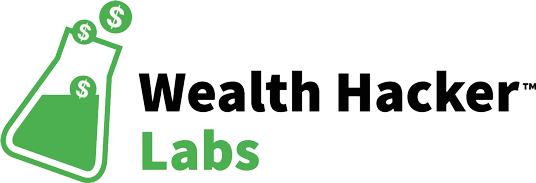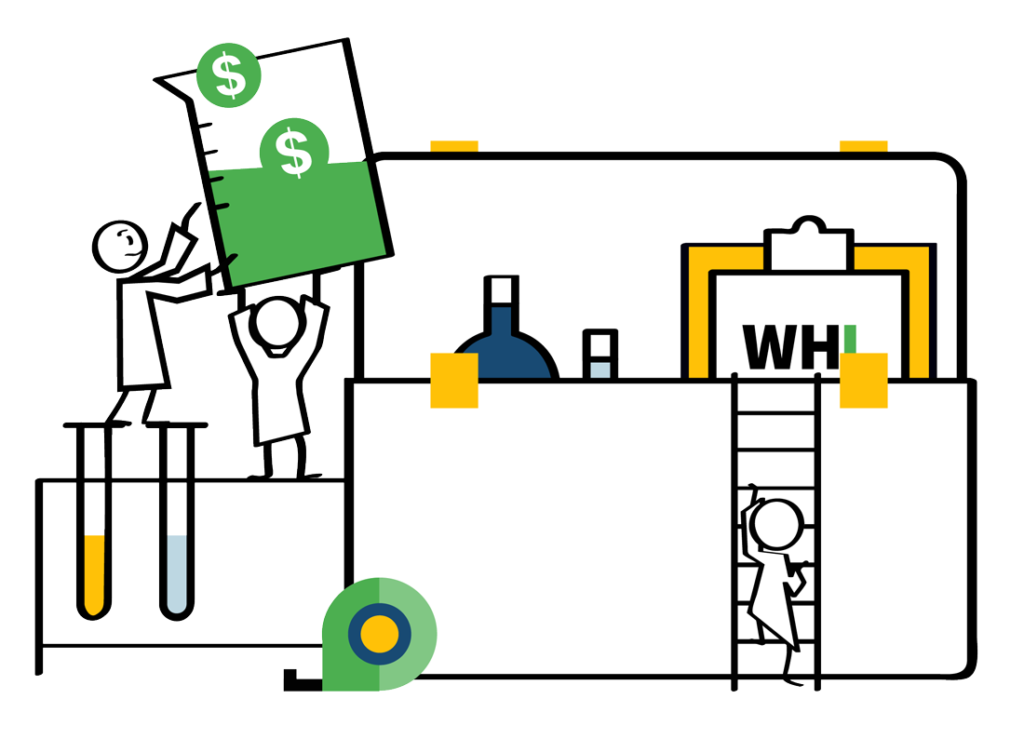Stock Market Investing
The amount of money you’ll need in the stock market to meet your retirement income goal of $4,000 per month will vary depending on a couple of factors – the investment options you choose and the performance of the market.
If you invest in a traditional blue chip low-cost index fund, you can conservatively expect a 4-6 percent annual rate of return.
The Dow Jones Industrial Average, a stock market index, has had a return around 11 percent since inception, however. Still, it’s best to be safe when planning for long-term retirement income.
Let’s say you plan to spend thirty years in retirement. Using the investment world’s “rule of 4,” you should be able to safely withdraw 4 percent of your investment fund’s balance each year (adjusted for inflation) to live on and have enough money to retire indefinitely. This means that, in order to retire with a monthly income of $4,000, you would need an investment account balance of $1.2 million.
But, how can you save $1.2 million in just ten years? Let’s look at one some numbers, starting with stock market investing.
If you invest $6,100 per month over a ten-year period in a mutual fund earning an average of 10 percent annually, you’ll have just over $1.2 million in ten years.
If you have already accumulated some money in investments, you can reduce your monthly savings or retire even earlier than ten years.
Does saving $6,100 per month sound unrealistic to you? If so, then maybe real estate investing is your key to retiring early.
Real Estate Investing
Financial planner Tony Liddle of Prosper Wealth Management says that he’s seen real estate investing work out wonderfully for some people and disastrously for others. Where some of his clients and acquaintances have been able to replace their income and retire early by investing in real estate, others have lost their life savings, he says.
“The key to success is knowing what you are doing,” he notes. “Just because a real estate flip works every week on TV doesn’t necessarily mean it will work for you.”
Liddle believes that the best way to offset the inherent risks of real estate investing is to find a mentor and learn from their triumphs and mistakes.
Still, here’s one hypothetical situation where investing in real estate could help you retire early. Let’s imagine you buy a single family home in the suburbs with 5 percent down and a ten-year mortgage. You pay $125,000 for a three-bedroom, two-bath property, which you use as your primary residence. Then, you save diligently to pay this property off.
By living frugally and saving as much as you can, you put tens of thousands of dollars aside to prepare for the next leg of your journey – buying a second similar home to live in.
Once you find a second property to purchase and move in, the first house is now being rented out for $1,300 per month. Around $300 of that amount goes toward taxes, insurance, and potential repairs, leaving you an extra $1,000 per month in additional income.
As you live in house two, you use that additional $1,000 to save as a down payment for a third and fourth rental home, both of which you’ll buy in a few years with the rental income and other money you’ve saved.
You create a plan which allows you to use your income from your regular job – along with your rental income – to pay off the other three houses in a six-year period.
In ten years, you own four free-and-clear houses, which you rent out for a total of $4,000 in monthly income. You can now rent or purchase a fifth house to live in as you rent out the other four.
Business Ownership
Another common path to retirement is through business ownership. If you’re interested in owning a business and ultimately making money on your own terms, determine what usable skills you have to create an income. But, it might also help to find something you actually care about, says Long Island financial advisor Joseph Carbone.
“Many of my clients who were able to retire in a short period of time turned something they loved and were truly passionate about into a business,” says Carbone.”
The best results often come when you can combine a passion with usable skills you already have, he says. As an example, let’s say you have the technical skills and passion to create websites for businesses. You start your website design business out of your home and work on building up a client list.
Since top-notch service and a quality product are your priorities for business growth, you hire a small team of smart and dependable employees who are being trained to eventually run the business without you.
As you grow your business with proper marketing and excellent service, your income increases.
Once you get to the point where your business income can pay all employees and other expenses – including your $4,000 per month salary – you can delegate your business tasks to the point where your role is limited.
It Can Be Done
The examples listed here represent just a few of the paths you can take to retire in ten years or less. However, they do convey the message that it can be done.
In Deacon Hayes new book, You Can Retire Early, he says it’s all about making decisions that can help you reach your goals early on.
“People who have succeeded at retiring early make their decisions about life based on what seems right to them rather than what everyone else is doing,” says Hayes.
And, let’s be honest; [tweet_quote display=”"Most people you know are not busy saving for retirement. They are busy spending their money instead."”]most people you know are not busy saving for retirement. They are busy spending their money instead.[/tweet_quote]
It’s up to you to decide whether to follow the crowd – or to stay busy creating a personalized plan that will help you to retire in the next decade.
The longer you wait, the longer you need to work to retire. But if you dedicate yourself to the cause, your ten-year road to retirement could start today.


Leave a Reply